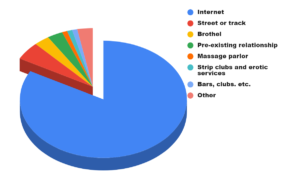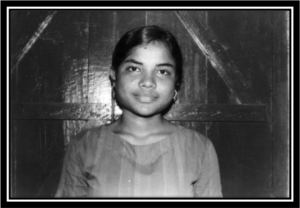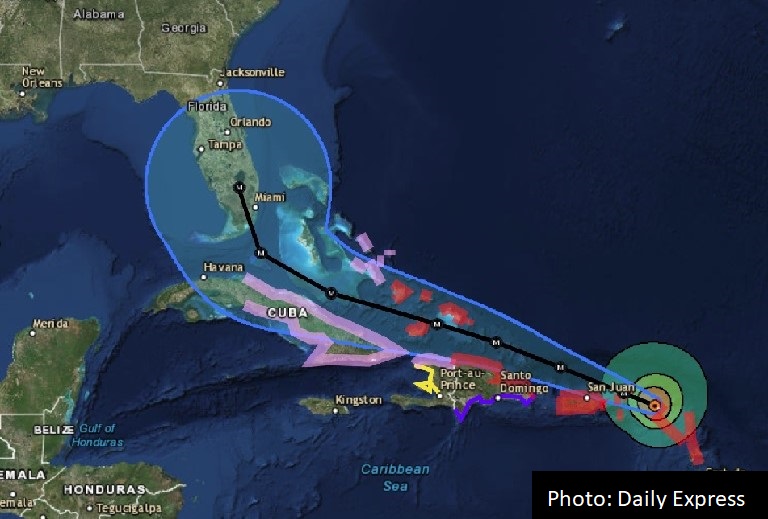Author: Kayla, WAR, Int’l Intern
September 2022
As a teenager in my late teens, I call out for the injustice being done to my generation. I call out for the voices that are silenced. I call out for freedom and protection for children and teens who are vulnerable. I call out for moms and dads to be involved.
I am calling out because it takes many voices to be heard, and I want to voice something that I see is a problem. Many people, including myself, have believed that our voices don’t have value or won’t make a difference. This is my cry to make a difference—not as a political resume but as a voice of freedom.
I have been given this opportunity to share what is heavy on my heart and to invite you to join me in calling out for freedom!
A Cry for Men, Women, and Children to Take Action!
I look around my country in the land of the free, and I see a lot of brokenness and isolation. I see people vulnerable to being trafficked and exploited. I call out for moms, dads, aunts, uncles, grandmas, and grandpas to create circles of protection! We like to turn a blind eye to what’s happening, but we can’t! We have to get uncomfortable and reach out to people who are hurting!
This is our problem! We need to do something. We have an epidemic of slavery transpiring in our country! According to the U.S. State Department, at least 1.5 million people within North America fall victim to sex or labor trafficking. Friends, 1.5 MILLION PEOPLE in North America! Don’t think of that number as merely a statistic but as representative of other human beings like you and me, each with a name and a face, each with their own hopes and dreams, each with their own fears and insecurity. People like you and me who are enslaved and being robbed of their future.
I plead with people to take a risk and step up for the voiceless by educating themselves so they will not be caught off guard! The internet and COVID -19 have changed the face of trafficking as we know it. According to Statista.com, 83% of human trafficking is facilitated through the internet.

The popularity of technology and social media has increased trafficking and made it easier for predators to find victims. In a world where a lot of kids and teens are attached to their phones, it makes sense that traffickers have changed tactics. It is much easier to deceive and entice someone on the internet.
I challenge parents and kids to set up precautions and have conversations about the risks that the internet and social media present. It seems so innocent until it’s not! Traffickers know that kids and teenagers are vulnerable, and they use this to their advantage.
Take a stand today and have a conversation with your kids about internet safety. You can’t put your kids in a box to “protect” them from this issue. Parents need to have open and honest conversations about this topic. Talk about “red flags” and boundaries that can be put in place to safeguard them from being exploited. It means being practical and smart as you handle this new generation of technology at your fingertips. Circle around your kids, your nieces and nephews, your grandchildren! They are lonely, confused, and hurting. Being a teenager is not easy, so give grace but also give truth. They need you to circle them in protection and love.
To the teenager and beyond, if there’s anything you take away from this message, know that you have a voice! Will you stand with me to reach out not only to our peers but also to our communities?! Not in anger, but with love and a heart to listen. As I wrap this up, I want to communicate a spirit of humility that I am right there with you wrapped in my own comfort bubble, and this is the beginning for me to break out of my own comfort zone one step at a time. That’s all I ask—to take one step at a time!
This is Kayla calling out!




 Harvey had barely dissipated when Hurricane Irma made landfall. With wind gusts covering over 70,000 square miles, a diameter of almost 300 miles, and speeds peaking at about 185 miles per hour, Hurricane Irma wreaked devastation in the Caribbean as well as the southern part of the United States. Impacted states include Florida, Georgia, Alabama, the Carolinas, and even Tennessee. Millions went for days without power, homes have been completely destroyed, and flood waters defile the streets, making transportation and adequate living nearly impossible.
Harvey had barely dissipated when Hurricane Irma made landfall. With wind gusts covering over 70,000 square miles, a diameter of almost 300 miles, and speeds peaking at about 185 miles per hour, Hurricane Irma wreaked devastation in the Caribbean as well as the southern part of the United States. Impacted states include Florida, Georgia, Alabama, the Carolinas, and even Tennessee. Millions went for days without power, homes have been completely destroyed, and flood waters defile the streets, making transportation and adequate living nearly impossible.



 Among the many affected by the flooding are the women and families employed by Women At Risk, International (WAR, Int’l)’s three partnering organizations in Peru.
Among the many affected by the flooding are the women and families employed by Women At Risk, International (WAR, Int’l)’s three partnering organizations in Peru.  Peruvian Designs
Peruvian Designs
 How can you help? There are two effective ways you can partner with WAR, Int’l to help the Peruvian organizations we serve bring relief to the people of their country. First, you can support our Peruvian partners by
How can you help? There are two effective ways you can partner with WAR, Int’l to help the Peruvian organizations we serve bring relief to the people of their country. First, you can support our Peruvian partners by 